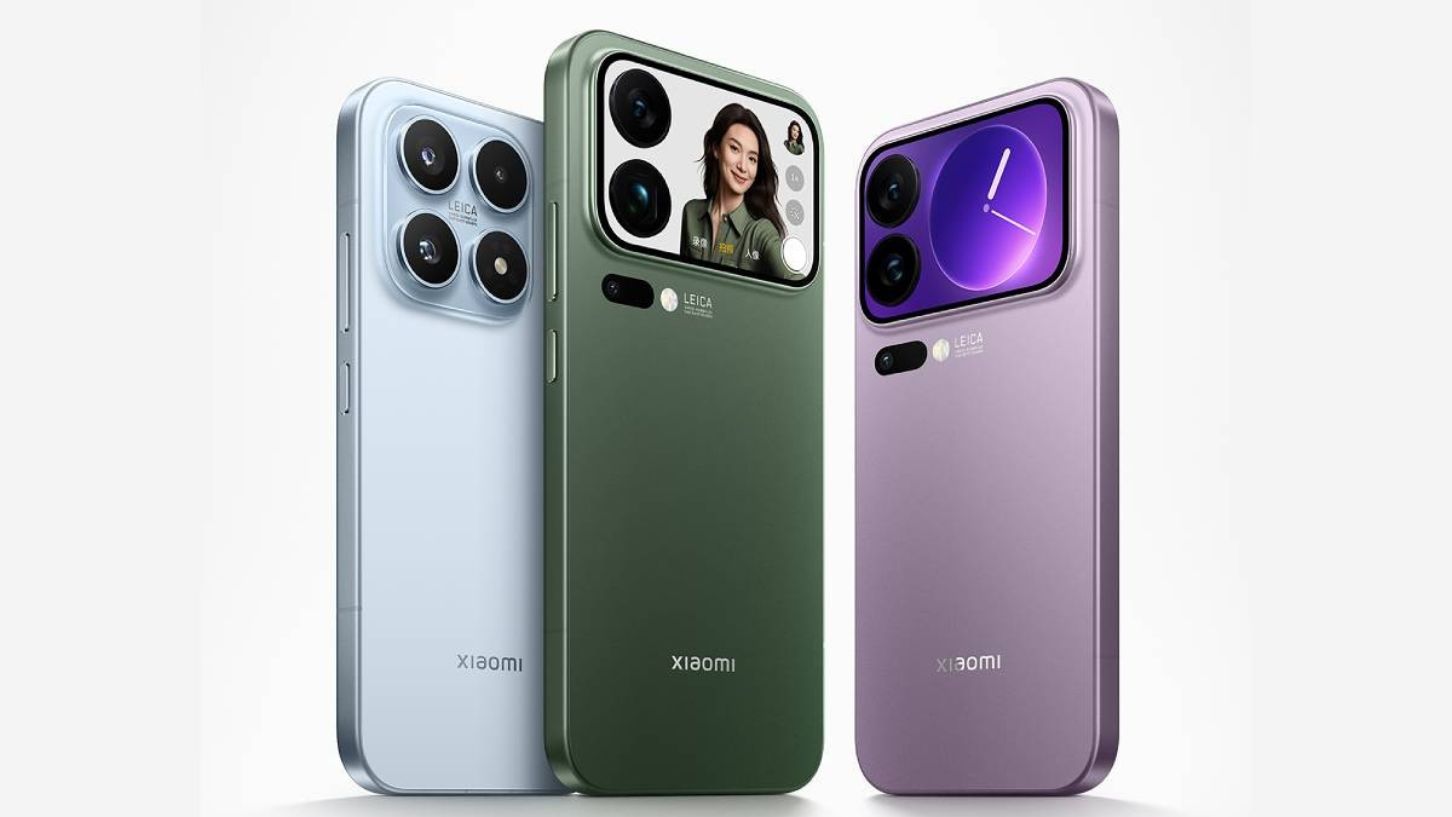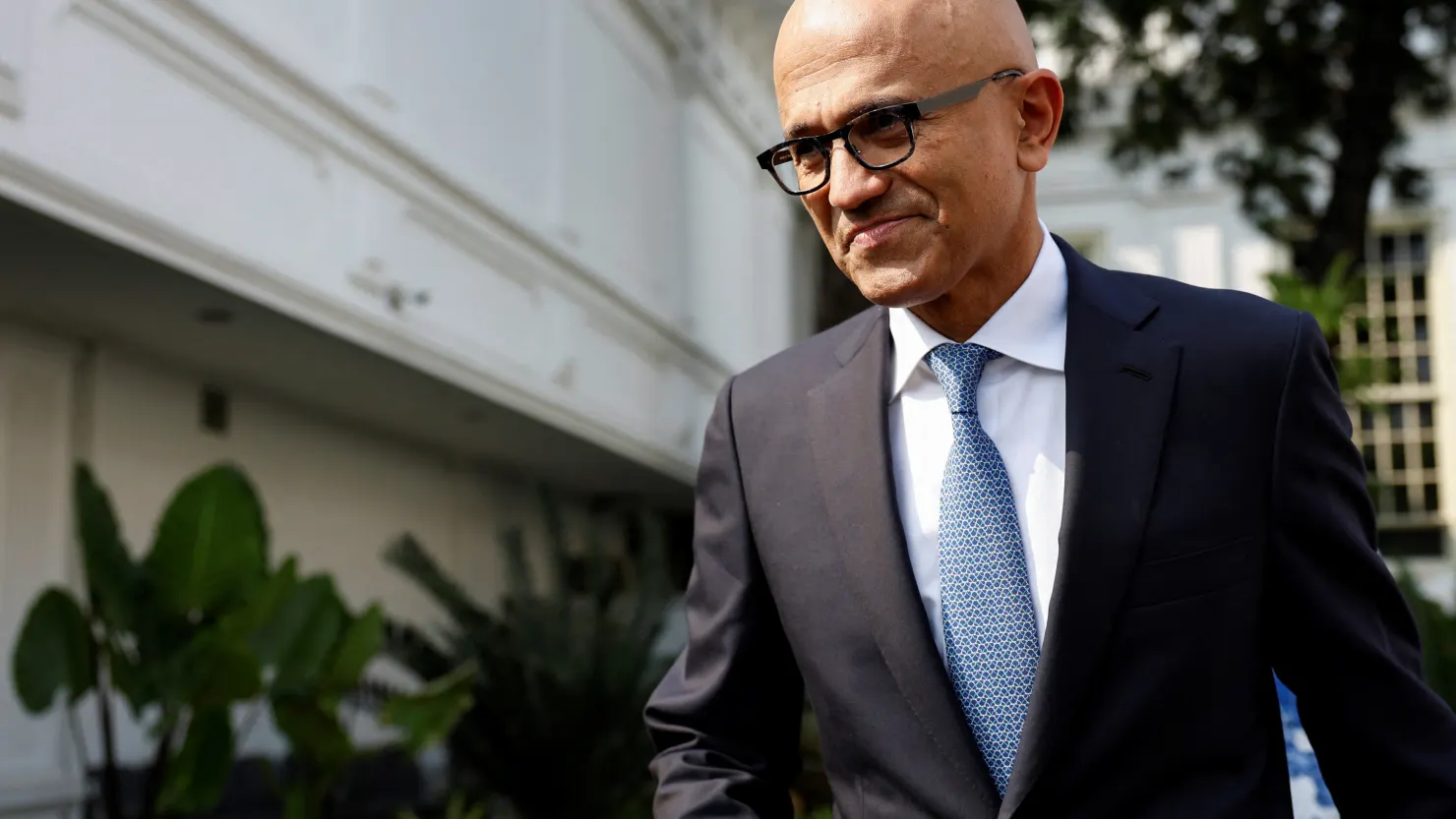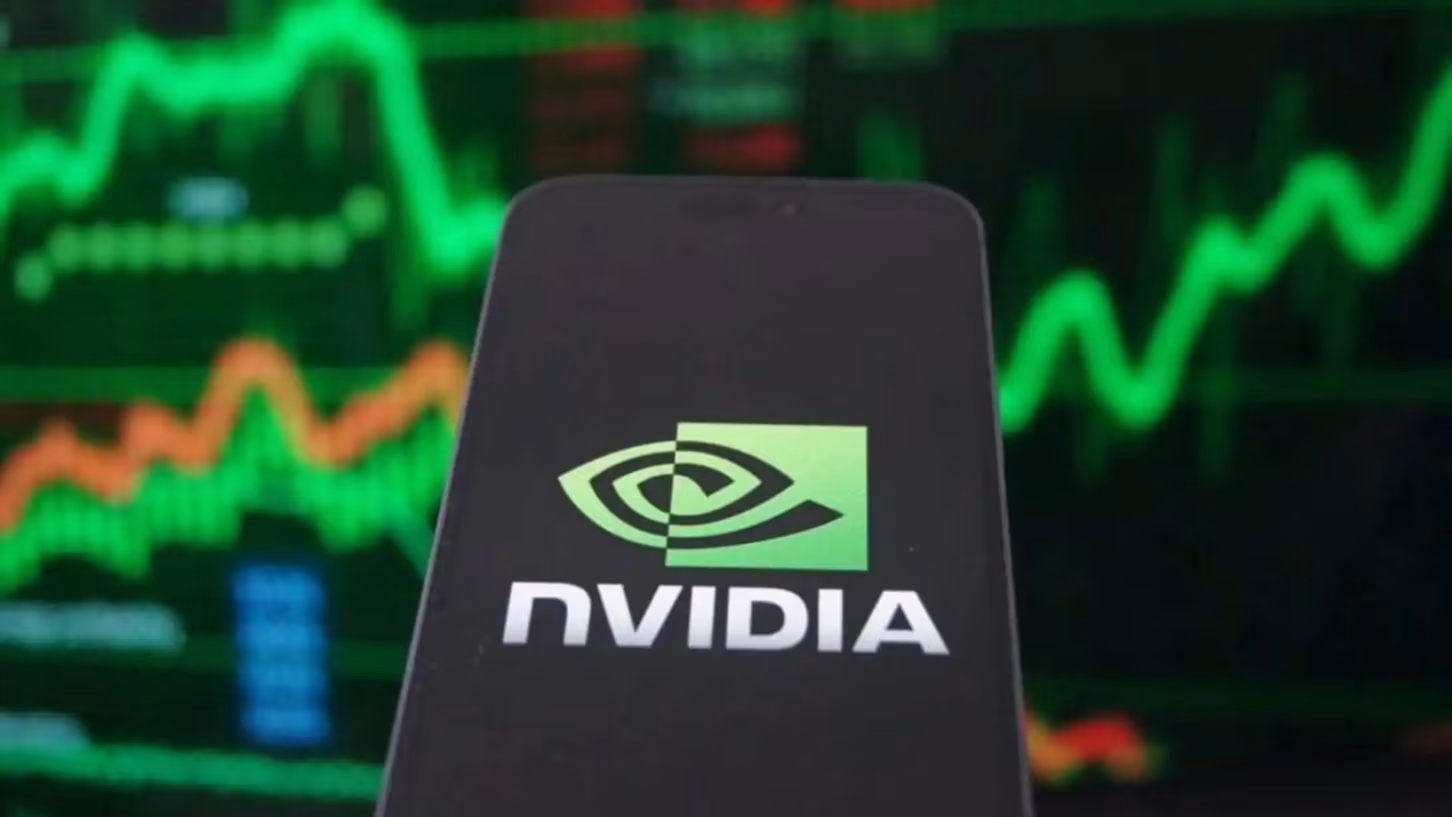Xiaomi 17 Pro Max is making waves in the smartphone world. This phone is not just another upgrade — it brings bold features that many people have not seen before. In this blog, I will explain those features in plain words, show what works well and what might be less useful, and help you see whether this phone is worth your attention.
Xiaomi 17 Pro Max: what makes it special
From the start, Xiaomi 17 Pro Max stands out because of a second screen on its back. Yes — a little display behind the main screen. This is not something you see often in phones that are not folding devices.
That second screen, which Xiaomi calls the Dynamic Back Display, does several things. First, it can show the time, notifications, or small animations. Imagine your phone lying face down on a table — you could quickly glance at it and see if there’s a message or an incoming call without picking it up. That by itself is neat.
Second, you can use it as a tiny preview when taking selfies. Normally, the front camera is weaker than the main camera; but with this back screen preview, you can use the main (stronger) camera to take your selfies intelligently. For example, instead of the usual poor front-facing result, your photo will likely be better.
Xiaomi also allows you to “pin” things on that back screen — like a QR code or your boarding pass — so you don’t have to unlock the whole phone when you’re in line somewhere. And for gaming fans, there is a case (sold separately) that turns the phone into a mini handheld console: the back screen becomes your small game display, with physical buttons on the case. It’s a fun idea, though in practice it might be limited by the size and interruptions (camera bump, etc.).
So in short: the second screen is the star feature. But the rest of the phone also packs serious technology.
Performance, battery, and camera: flagship stuff
Under the hood, the Xiaomi 17 Pro Max is truly a specs beast. It is powered by Qualcomm’s new Snapdragon 8 Elite Gen 5 processor, which means it can handle heavy tasks, gaming, and advanced apps with ease. The variant seen by Wired’s writer had 16 GB of RAM and 1 TB of storage — that’s on the high side even for flagship phones.
The display is quite advanced, too. Xiaomi is using a new display technology called M10, which is sharp, bright, and power-efficient. That helps because the phone has to cope with running two displays (main and back).
Battery life is always a concern when you add features. Xiaomi addresses this by using a clever design. The Pro Max has a 7,500 mAh battery (very large), while the Pro version has 6,300 mAh. Xiaomi also uses a silicon-carbon battery technology, which allows for denser batteries without making the phone too thick. The result: Xiaomi claims that both models can last about two days on a single charge.
Cameras are strong: you get a 50-megapixel triple camera setup. The Pro Max includes a “Prism Periscope Telephoto” lens with 5× optical zoom and macro capabilities (for up-close shots). The Pro model has a slightly different telephoto lens.
Also worth noting: Xiaomi includes Wi-Fi 7 (the newer Wi-Fi standard), and its AI assistant (Hyper XiaoAi) tries to predict your needs and present useful suggestions.
What works well, and what may be underwhelming
While the second screen is exciting, it is not perfect. Some functions are limited to certain apps (especially in China) right now, and not all notifications or features may work globally initially. The idea of gaming on that tiny display is novel, but in real life, the small screen interrupts your view (camera bump) and the experience might not beat your phone’s main display. Wired’s reviewer tried Angry Birds 2 — it does work — but the question remains: why choose the tiny screen when the main one is far better?
The “pin” feature is clever: for example, if you’re waiting in a long line and need the QR code for entry, instead of unlocking your phone, you just glance at the back display. That is a real, practical example where this extra screen helps. But again, global app support is key.
Also, trying to do everything with that second display may drain battery if abused. Xiaomi’s large battery helps, but heavy use of both screens simultaneously could stress energy limits.
Sometimes new features are more novelty than necessity. Many people will ask: Do you really need a second screen? For many, the value will come down to how often you’ll use the special features (pinning QR codes, preview selfies, mini gaming). If those appeal to you, this phone adds something new. If you mostly use your phone for standard tasks, the extra screen might be more of a gimmick.
Why Xiaomi 17 Pro Max could change how we see phones
Xiaomi is taking risks by adding this second screen. In a world where many phones are looking very similar — rectangular slabs with big cameras — this kind of innovation stands out. Even if some functions are still limited, pushing boundaries is how progress happens.
Consider older examples: Xiaomi itself experimented with back displays before (for example, in its Mi 11 Ultra). Other brands like ASUS ROG or Nothing have toyed with small displays or LEDs on the back for notifications. The Xiaomi 17 series is pushing this idea further by combining utility (notifications, preview, pinning) with design.
If this kind of approach becomes popular, we might see more phones with “extra faces” — side screens, back screens, or fold-outs. That could change how people interact with their devices daily.
Final thoughts on Xiaomi 17 Pro Max
Xiaomi 17 Pro Max is a bold step. It offers flagship performance, a big battery, excellent cameras, and a novel second screen feature. That second screen is exciting, especially for people who like to try new ideas or want extra convenience (like pinning QR codes or improved selfies). But some parts may feel gimmicky or limited until global support improves.
If you are someone who uses many apps, takes selfies often, or likes to experiment with technology, this phone could be very appealing. If you prefer tried and tested features and want guaranteed utility, keep an eye on user reviews once global versions appear.



